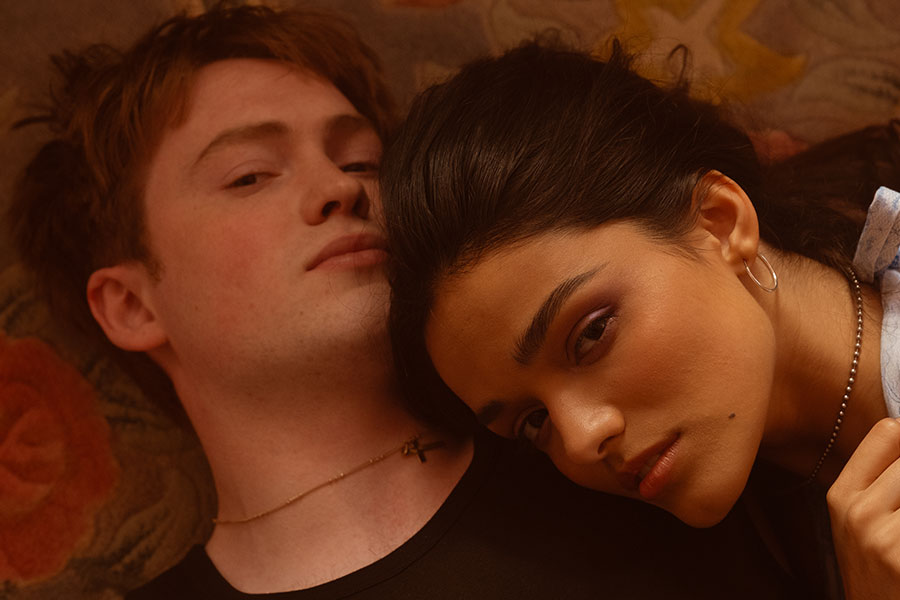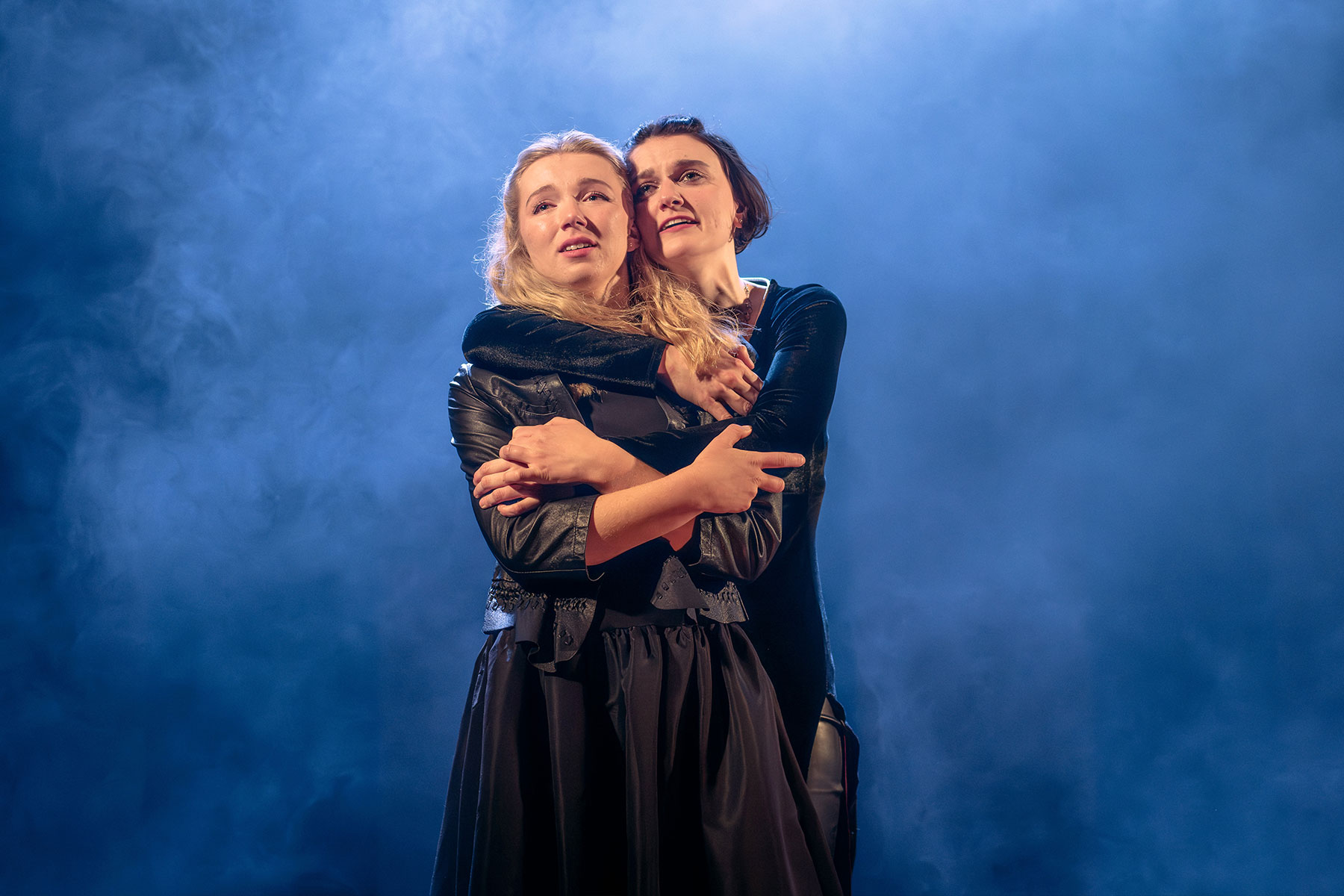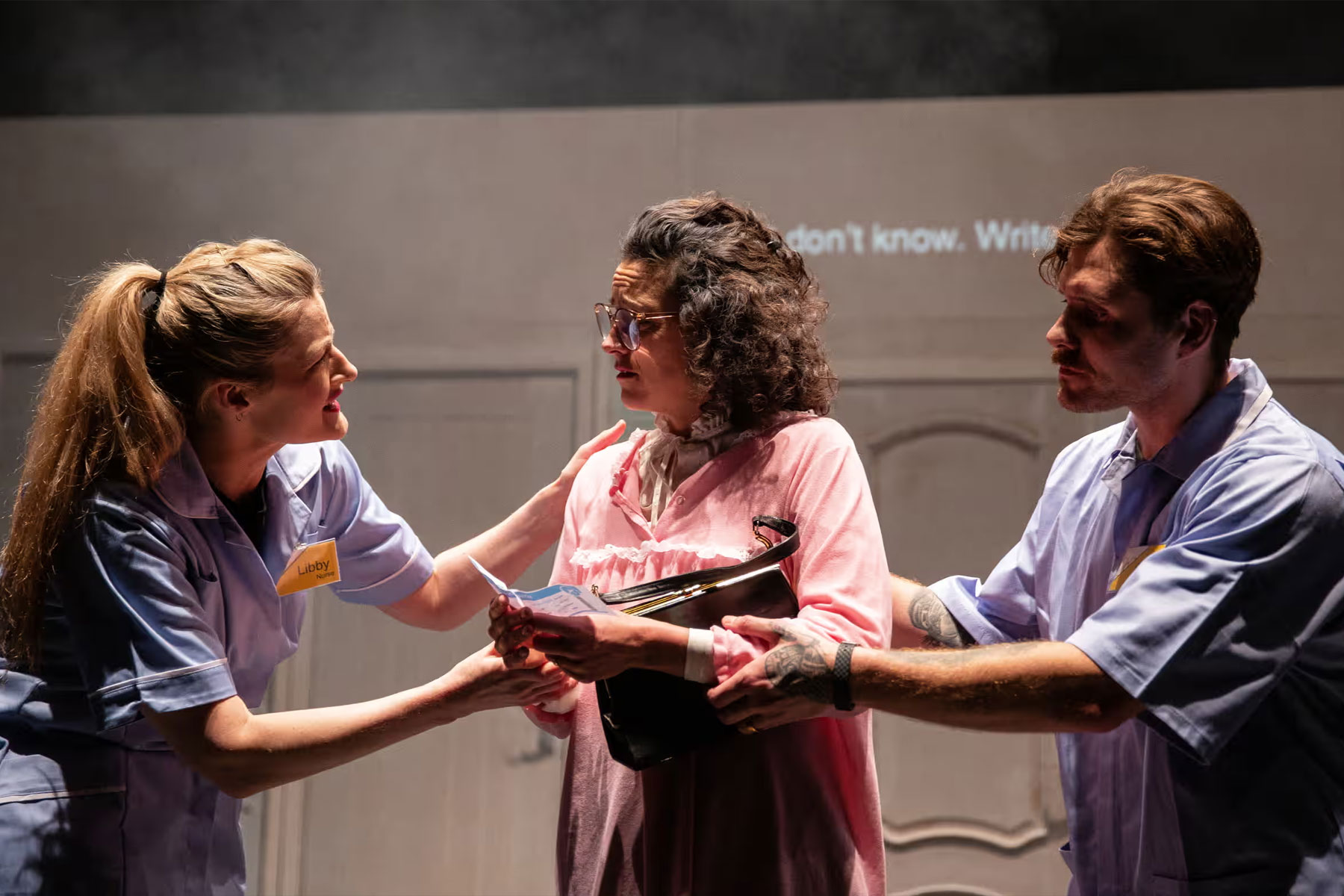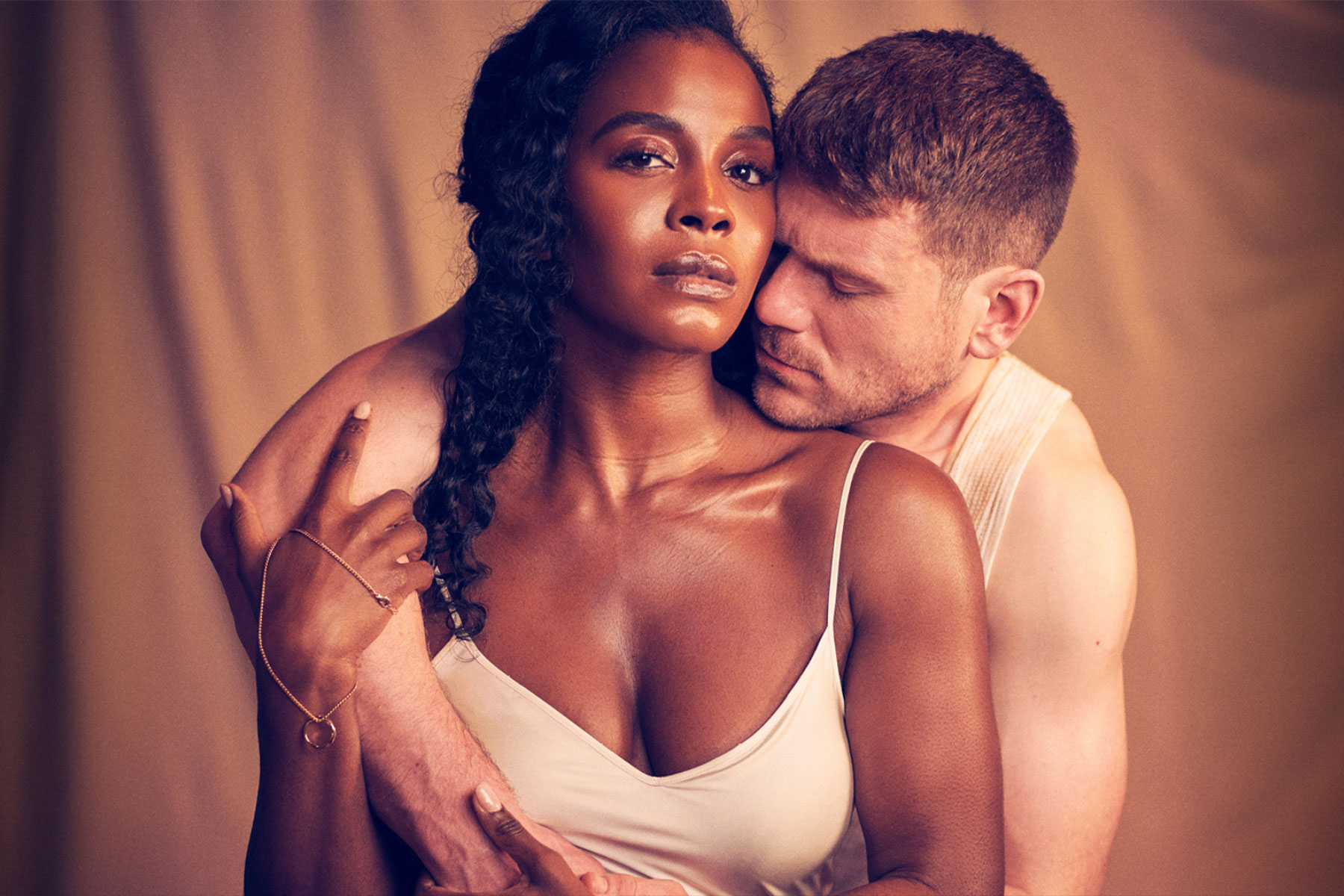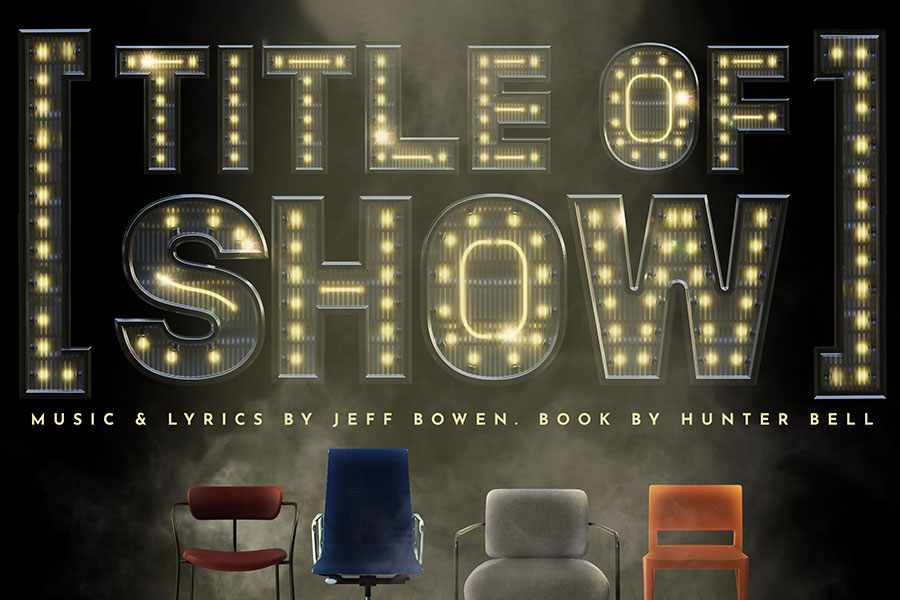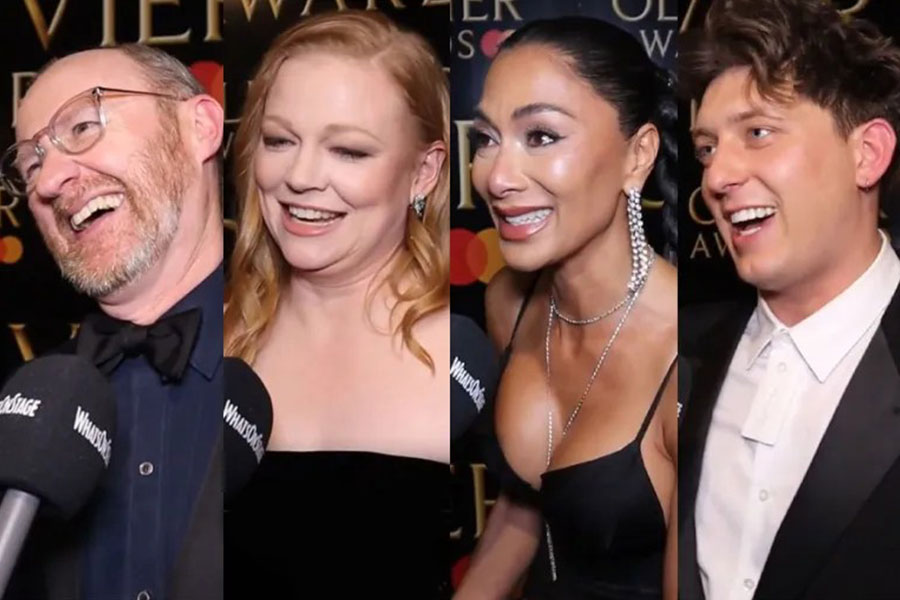Alice in Wonderland (Leeds)
Elegance and authenticity of style are everything in this version of Alice in Wonderland, both in the adaptation (originally staged some 20 years ago) and in Ian Brown’s production. The late John Wells’ text preserves much of Lewis Carroll’s original, often sandwiching lines and phrases into his own lyrics.
Carl Davis’ mastery of pastiche is apparent in the White Rabbit’s bel canto or the hints of Gilbert and Sullivan in the Lobster Quadrille, while the spirit of temperance hymns and Victorian parlour ballads is never far away.
The sense of style for this production is set by the opulent (and reasonably priced) programme with colour reproductions of Sir John Tenniel’s illustrations, a picture guide to dancing the Lobster Quadrille, and everything else from scholarly articles to cut-outs and colouring sets for the younger element.
The elegance of Ruari Murchison’s designs (with Stephen Snell co-designer of the Tenniel-inspired costumes) and the Palm Court sounds of Jonathan Gill’s polished septet set the tone for an evening whose attention to detail includes importing D’Oyly Carte singer Jill Pert as a Katisha sound-alike for the Queen of Hearts and bringing a touch of Charles Rennie Mackintosh to the Mad Hatter’s tea-party.
Yet, for some time at least, the performance adds up to less than the sum of its parts. One insuperable problem is that in the opening down-the-rabbit-hole sequence, for some 25 minutes, almost the only voice to be heard is that of Alice. Meanwhile the scenery persuades us that she is constantly changing size and the White Rabbit periodically amuses with a quick cavort across the stage.
The other problem is one that time should solve. The momentum generated by decidedly funny scenes – like the operatic version of “Speak harshly to your little boy” delivered by Julie Jupp’s Duchess with sepulchral “Fa-la-las” from Alastair Parker’s unshaven Cook – is not always maintained.
However, Act 2 brings a renewed sense of fun and inspired silliness (which should work its way into Act 1 pretty soon). Annalene Beechey’s Alice is the prime beneficiary. A fine match for Tenniel’s illustrations and appealingly earnest throughout, she gradually finds the character’s mischief, outspokenness and relentless logic, even when operating a flamingo that seems to be auditioning for the part of Emu.
The production errs on the twee side (Alice can be more subversive than this), but a talented cast of 16 and a sure grasp of style in music, design and production are enough to hold a young audience despite the lack of narrative drive.
– Ron Simpson



